Home
Duke Ellington & John Coltrane
Barnes and Noble
Duke Ellington & John Coltrane
Current price: $17.99
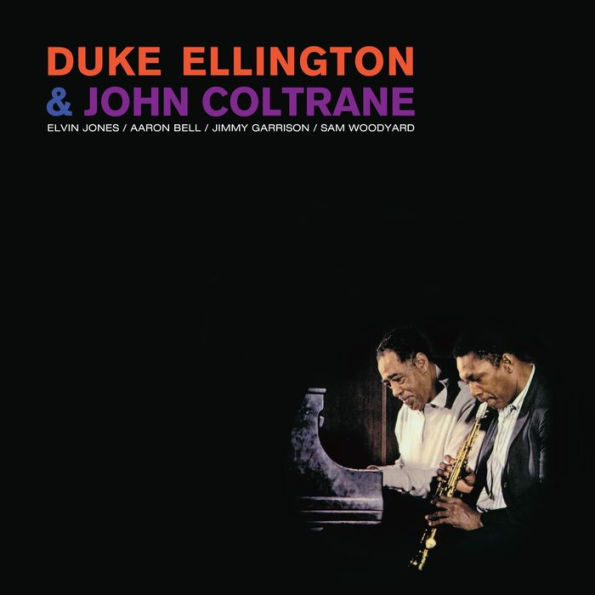

Barnes and Noble
Duke Ellington & John Coltrane
Current price: $17.99
Size: CD
Loading Inventory...
*Product information may vary - to confirm product availability, pricing, shipping and return information please contact Barnes and Noble
The classic 1962 album
Duke Ellington & John Coltrane
showcased the rising jazz saxophone innovator performing alongside the long-established piano institution. While the pairing might have portended a dynamic clash of the musical generations, instead we got a casual, respectful, and musically generous meeting of like-minded souls. Similarly, while one might have assumed that
Ellington
would use his sidemen, instead producer
Bob Thiele
(who also produced similar albums for
including pairings with
Louis Armstrong
and
Coleman Hawkins
) chose to bring in
Coltrane
's own outfit for the proceedings. Consequently, the duo is backed here at various times by bassist
Jimmy Garrison
and drummer
Elvin Jones
, as well as alternates bassist
Aaron Bell
Sam Woodyard
. The most surprising aspect of the
/
date is how well suited
and his group are at playing what largely ends up being
's own material. While he was certainly in the nascency of his more avant-garde period in 1962,
had a deep understanding of traditional jazz vocabulary, having played in a swing band in the Navy in the 1940s and studied the style of artists like
Hawkins
Ben Webster
while coming up in Philadelphia. Similarly, though an icon of the big-band era by the 1960s,
had been on the upswing of a career resurgence ever since his dynamic performance at the 1956 Newport Jazz Festival, later released as
Ellington at Newport
. His meeting with
was emblematic of his renewed creativity and was one of several albums he recorded in his latter life with theretofore unexpected artists, not the least of which his other 1962 date,
Money Jungle
with bassist
Charles Mingus
Max Roach
. Here,
play a handful of well-known
book numbers, including a supremely lyrical "In a Sentimental Mood" and a soulful, half-lidded version of
Billy Strayhorn
's "My Little Brown Book."
even supplied the brisk original "Take the Coltrane," allowing plenty of room for
to let loose with knotty, angular lines. ~ Matt Collar
Duke Ellington & John Coltrane
showcased the rising jazz saxophone innovator performing alongside the long-established piano institution. While the pairing might have portended a dynamic clash of the musical generations, instead we got a casual, respectful, and musically generous meeting of like-minded souls. Similarly, while one might have assumed that
Ellington
would use his sidemen, instead producer
Bob Thiele
(who also produced similar albums for
including pairings with
Louis Armstrong
and
Coleman Hawkins
) chose to bring in
Coltrane
's own outfit for the proceedings. Consequently, the duo is backed here at various times by bassist
Jimmy Garrison
and drummer
Elvin Jones
, as well as alternates bassist
Aaron Bell
Sam Woodyard
. The most surprising aspect of the
/
date is how well suited
and his group are at playing what largely ends up being
's own material. While he was certainly in the nascency of his more avant-garde period in 1962,
had a deep understanding of traditional jazz vocabulary, having played in a swing band in the Navy in the 1940s and studied the style of artists like
Hawkins
Ben Webster
while coming up in Philadelphia. Similarly, though an icon of the big-band era by the 1960s,
had been on the upswing of a career resurgence ever since his dynamic performance at the 1956 Newport Jazz Festival, later released as
Ellington at Newport
. His meeting with
was emblematic of his renewed creativity and was one of several albums he recorded in his latter life with theretofore unexpected artists, not the least of which his other 1962 date,
Money Jungle
with bassist
Charles Mingus
Max Roach
. Here,
play a handful of well-known
book numbers, including a supremely lyrical "In a Sentimental Mood" and a soulful, half-lidded version of
Billy Strayhorn
's "My Little Brown Book."
even supplied the brisk original "Take the Coltrane," allowing plenty of room for
to let loose with knotty, angular lines. ~ Matt Collar
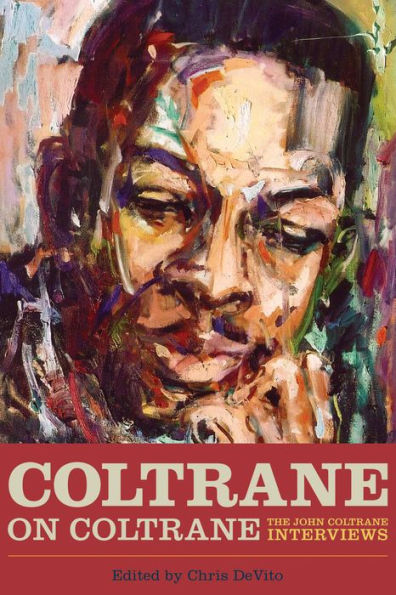

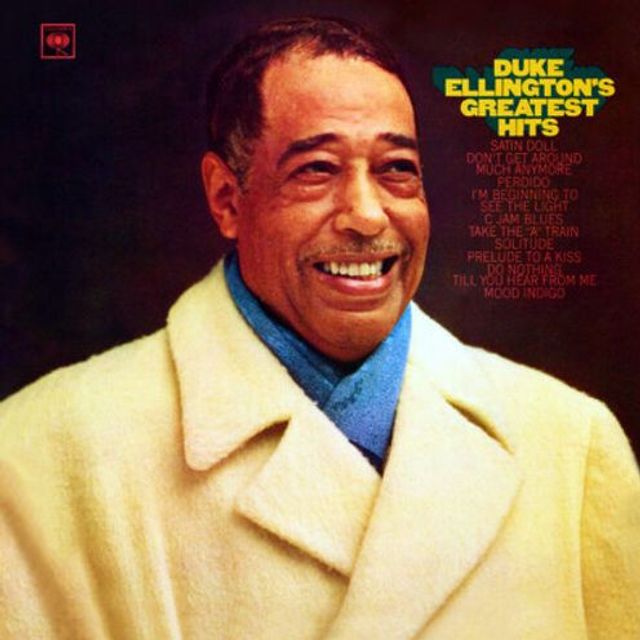
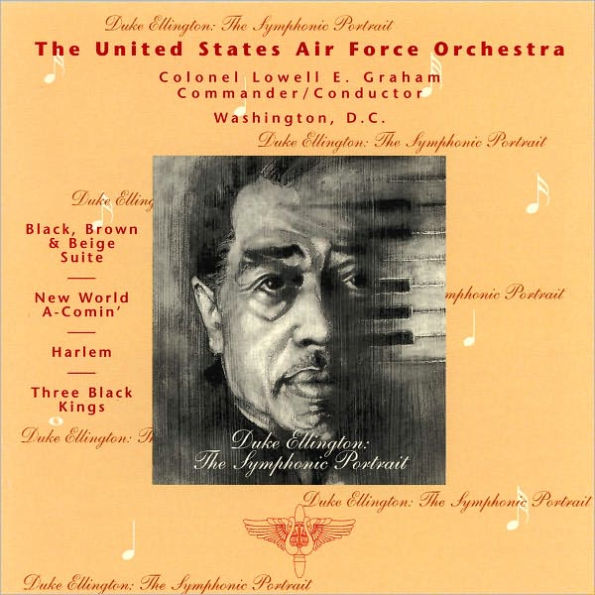

![The Best of Duke Ellington [Capitol]](https://prodimage.images-bn.com/pimages/0715187750524_p0_v1_s600x595.jpg)
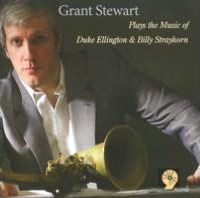
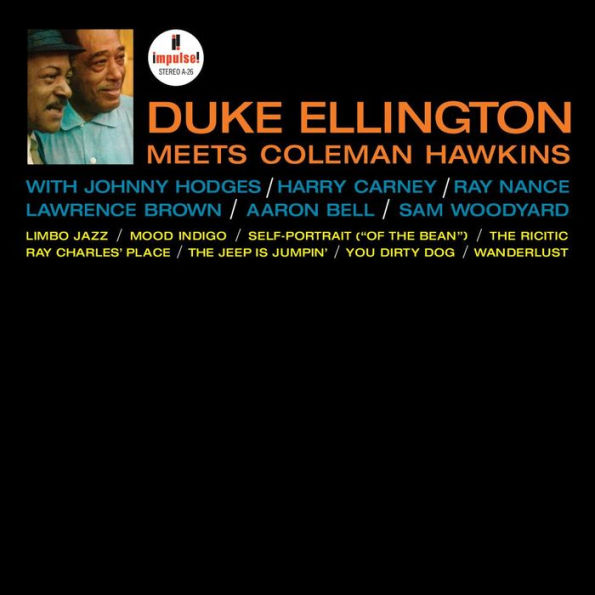
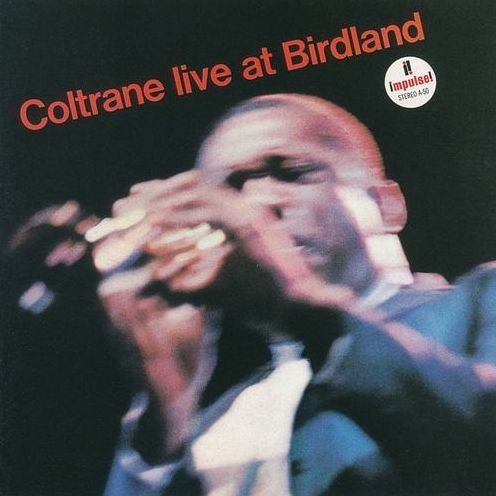
![Sings the Duke Ellington Song Book [Verve]](https://prodimage.images-bn.com/pimages/8436559463201_p0_v1_s600x595.jpg)







